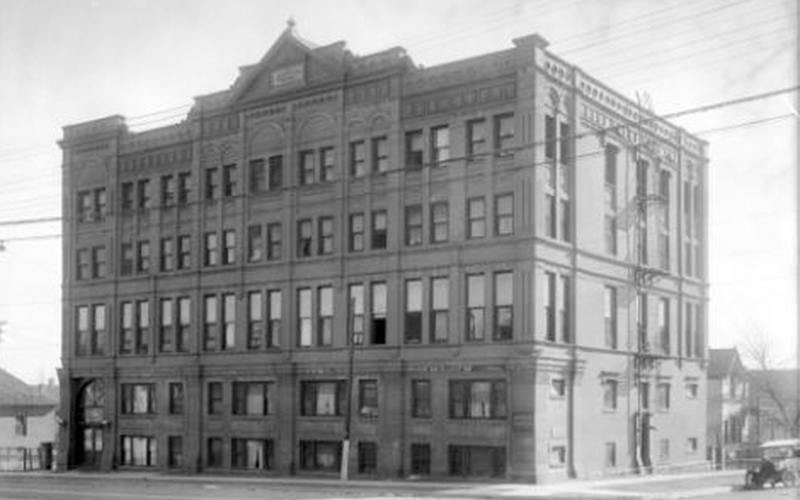The Wheeler Block dominates the southeast corner of West 29th Avenue and Vallejo Street. It recalls Charles A. Wheeler. After unsuccessfully looking for gold during the Pikes Peak gold rush, he served as a sergeant in the Civil War. He was especially a crucial figure in putting together what became the Colorado & Southern Railway in the late 19th century. Additionally, he was a founder of the Denver Athletic Club.
Early on Wheeler plunged into North Side real estate. In 1890 he pulled building permit #1128 on June 25th and permit #1284 on July 21 to erect the Wheeler Block as an apartment house/meeting hall at a cost of $30,000. With his encouragement, the Daughters of the American Revolution, the Knights of Pythias, and numerous other social and political clubs made their North Side home in what was sometimes called Wheeler Hall. The Wheeler Block is a well preserved representative of nineteenth century commercial construction.

